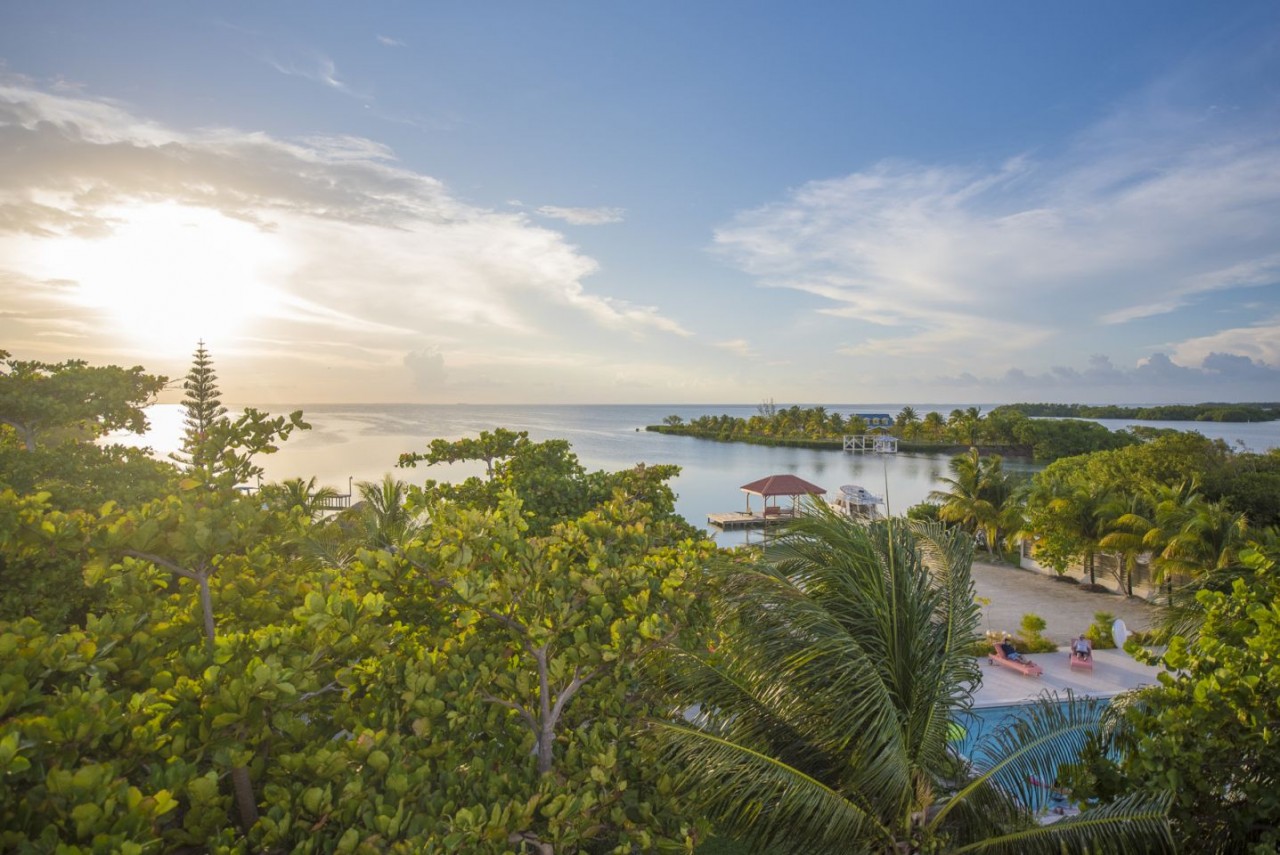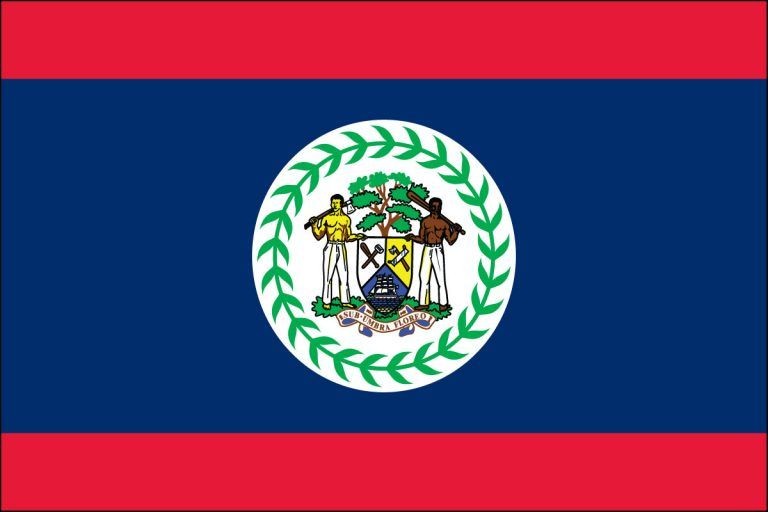The Island Life - Belize
Belize Celebrates - St. George's Caye Day & September Celebrations
When is St. George's Caye Day? St. George's Caye Day is a public holiday in Belize, observed on September 10th. This is Belize's National Day and commemorates a victory in a key battle against the Spanish in 1798.
History of St. George's Caye Day - From the sixteenth century, the Spanish had been making attempts to control the region of the Yucatan coast which includes modern-day Belize. They never settled due to the lack of natural resources and the hostile Indian tribes. The first Europeans who put down roots were British sailors.
A Base for Buccaneering - Pirates would use the numerous cays (a low bank or reef of coral, rock, or sand) in the area as a places to lay in wait to attack passing Spanish ships. These pirates were known as 'filibusters', a word that is used in modern English for those who delay a political process.
Known as Baymen, these Europeans settled in the Belize City area in the 1650s after realizing they could make a living by cutting and exporting logwood back to Europe.
The importance of the timber industry to the country is shown on the flag of Belize, whose seal features a woodcutter's starter pack - three axes, a saw, and a mahogany tree.
In the mid-eighteenth century, the Spanish made several attempts to take control of the region. The conflict continued despite several treaties being signed by the Spanish and the British which were supposed to safeguard the rights of the Baymen.
On September 10th, 1798, the Spanish made an assault on the settlement with 32 ships and over 2,000 troops. They engaged with the Baymen at St. George's Caye and despite the overwhelming Spanish numbers, the Baymen won a decisive victory, that ended Spanish interest in the region.
In 1862, Britain formally declared the settlement a British Crown Colony, subordinate to Jamaica, and named it British Honduras.
How is St. George's Caye Day Celebrated? Various Festivities take place to mark the holiday including an official ceremony on the eve of September 10th, with fire-works and cultural presentations. On September 10th, a colorful carnival parade with floats depicting the national symbols of Belize.
St. George's Caye Day is also followed 11 days later by another notable holiday, Independence Day, which marks Belize's independence from Britain in 1981.
Belize Unites to Celebrate Independence - On September 21, 2021, Belize will celebrate its 40th anniversary of independence. This day commemorates when the nation was granted independent status by Great Britain in 1981. Celebrations run from 'St Georges Caye Day' on September 10th right up until Independence Day, on September 21st. During this time, Belizeans and tourists alike partake in prideful flag-waving, display of colorful patriotic decorations, numerous vibrant parades, lively singing and dancing, carnivals, and indulgence in tasty feasts of local Belizean cuisine. There are also official flag-raising ceremonies and more solemn observances, along with educational events on Belize's history and culture. The celebrating continues for much of the month and is known collectively as "The September Celebrations."
Stay and Play Next Independence Day - September is a great time to venture to Belize. Tourism is still in the lower season so great group rate discounts and other specials are plentiful. Diving is desirable year-round and at this time of the year can be coupled with other cultural excursions or just a little R&R.
A Brief History of Belize - European colonists first arrived in the area in the 1500s and clashed with the surviving remnants of the ancient Maya Empire. Early attempts by Spain to formally annex Belize were hampered by strong resistance from the Maya. English buccaneers later gained a foothold on the coast region, using the area to launch attacks on treasure-laden Spanish ships from Panama and Venezuela. By the early 1700s, English settlers known as "Baymen" established a presence in Belize, logging the valuable hardwood for export back to Europe. Today, the Belize flag features a stylized English "Bayman" logger in recognition of this part of the country's history. Although the Spanish initially tolerated the presence of English settlers in the area, things came to a head in 1786 when the British government appointed an administrator to oversee the region. After several years of clashes, the British gained full dominance over the region following a decisive naval battle off the coast of St. George's Caye on September 10, 1798, a date now celebrated as a national holiday in Belize. In 1862, Britain formally annexed the area, naming it British Honduras (after the Bay of Honduras, not the modern-day country of Honduras). In 1954, constitutional reforms were enacted and a constitution was written. In 1964, Britain awarded the colony self-rule, and George Price became the colony's first premier. In 1973, the colony was renamed Belize and the country was granted full independence in 1981.
When you subscribe to the blog, we will send you an e-mail when there are new updates on the site so you wouldn't miss them.



